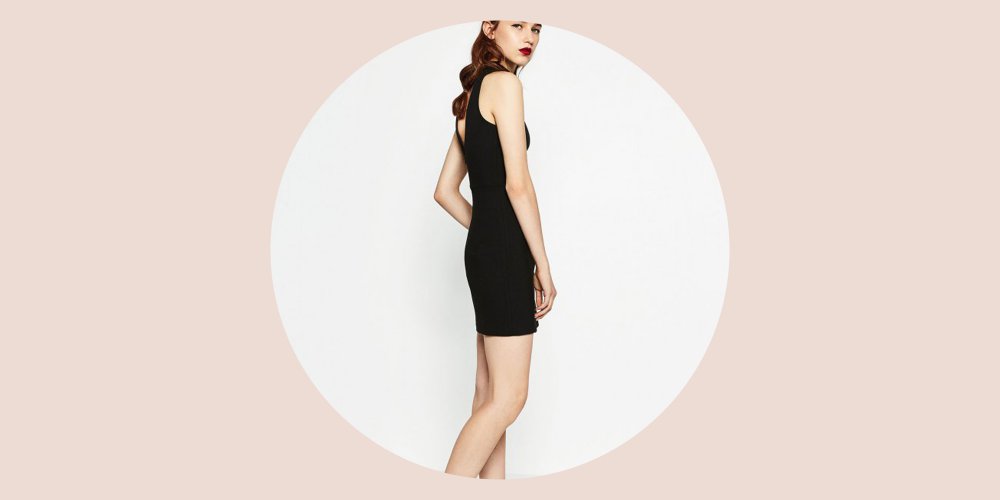At the antipodes of the ready-to-wear piece, the essence of which is to disappear, the little black dress, a classic in the women's dressing room, constantly defies time by lingering in the seasonal collections of fashion designers. Back on its evolution.
The little black dress, incarnation of a new chic
Democratized by Coco Chanel in the 1920s, the little black dress gradually leaves mourning to enter through the great door to the pantheon of the classics. The result of a stylistic alliance between functional comfort and sophistication stripped, it becomes synonymous with chic passe-partout, enriching the fashion lexicon of the greatest couturiers.
The little black dress, under all the seams
Chanel, of course, but also Cristobal Balenciaga, Hubert de Givenchy and Jeanne Lanvin, by way of the most contemporary Marc Jacobs, Tom Ford and Nicolas Ghesquière: they all looked at this basic, .
Continually revisited, the iconic black dress turns away from the "classical-chic" genre to allow itself several stylistic incarnations with texture games, transparency effects and chromatic escapades towards darker tones: from moire-gray to darkened coffee ...
For, as Yves Saint Laurent, who at the time had just won the first prize of the International Wool Secretariat Competition, made it clear thanks to his little black dress: " There is no black but black ".
The little black dress, through the years
Elegantly racy in the 1920s, sensuous voluptuous in the 50s or a minimalist graphic in the nineties: over the years, the little black dress has ensured its perpetuity by evolving according to trends. A timeless classic, with the genesis of casual chic, it is established as a myth sported by the biggest stars: from Oscar-winning actresses to bankable singers to superstar models and it-girls of the moment: all find in her , a safe haven against the frenzied cadences of the fashion industry.


